I was reading this article about Tudor Beer from Brew Your Own, a home brewing website, and I thought it would be fun to try. A friend of mine, Machabi Caiaphas, is a great brewer so I asked if he’d help me brew up a batch, this is the first time I’ve brewed so it was a new adventure for me.
The early English brewing industry focused primarily on ale, made with gruit (Unger 2004, 64), and expanded and commercialized significantly during the 14th century (Unger 2004, 98). At the same time hopped beer was being imported from Holland and Flanders (ibid.) primarily for the immigrant population which was more used to beer than ale. England also made something called beer, though unhopped, as early as the late 12th century (Unger 2004, 97) however it had a reputation as not being as good as ale or hopped beer. English brewers began producing hopped beer in the 15th century (Unger 99), though the operations were primarily run by immigrants, which caused other tensions (ibid.). By the 16th century the primary difference between beer and ale was the additives used to flavour it. While beer used hops, ale used herbs, spices, fruit, and sometimes even toasted bread (Unger 100). By the middle of the 16th century in most, though not all (Unger 103), areas the ale brewers and beer brewers had merged (Unger 102) though there remained a firm distinction between the definitions of ale and beer based on the additives. Many Englishmen felt that ale was the proper drink of the English while beer was for foreigners (Unger 100), however the tide was shifting in England and by the last quarter of the century beer had mostly replaced ale as the preferred beverage in England (ibid.).
It was because of the lower cost of beer compared to ale that the English military began using beer as part of their rations during Henry V’s time (Unger 100). This appears to have continued through to the 16th century (C. Knighton 2011, 171) and because the difference between beer and ale was so well known and pronounced there is little chance that provisioners were using the word beer when they meant ale. Evidence of hopped beer was also found onboard the Mary Rose (Gardiner and Allen 2005, 595).
Beer in 16th century England was made from “malte, of hoppes, and water” (Boorde 1870, 256) after the Dutch fashion. It was described in the 1590s as being very “clear in color” (Unger 103). Terry Foster with Brew Your Own magazine recreated English beer based on Richard Arnold’s recipe from the beginning of the 16th century. The end result was very similar to a “low-hopped version of an English summer ale” (Foster 2012) and was a “pale gold color” which lines up well with other sources. Foster’s source is “The Customs of London: Otherwise Called Arnold’s Chronicle” reprinted in 1811, but originally from 1503. Here’s the recipe:
“To brewe beer
10 Quarters malt, 2 Quarters wheet, 2 Quarters oates, 40 lb weight of hoppys. To make 60 barrels of sengyll beer.”
And his version:
Tudor Beer
(5 gallons/19 L, all-grain)
OG = 1.048 FG = 1.014
IBU = 17 SRM = 5.5
ABV = 4.4%Ingredients
7.8 lb. (3.5 kg) Briess 2-row pale malt
1.6 lb. (0.73 kg) Fawcett oat malt
1.6 lb. (0.73 kg) Weyermann pale wheat malt
0.25 lb. (0.11 kg) Weyermann smoked malt (rauchmalz)
4.5 AAU Goldings hops (70 mins)
(1.0 oz./28 g at 4.5% alpha acids)
White Labs WLP002 (English Ale)
or Wyeast 1968 (London ESB)
yeast (1 qt./1 L yeast starter)
We’re making a much smaller batch than that to try it out, so we have
- 3 lb pale malt
- 2/3 lb oat malt
- 2/3 lb wheat malt
- 1/2 oz hops
- 2/5 qt yeast (English ale)
Now this is what the source calls Sengyll Beer. We’re taking that to mean what it would now and not remove the grains when we add the hops, which is different from Foster’s redaction. However most of the evidence from later English beer has it being pulled out so the grain can be used for small beer, which is how Caiaphas normally makes his beer. Our conjecture on this is since the beer at this time is primarily being made by immigrants for immigrants there wasn’t as much of a business in small beer yet. That could be completely wrong and we might be wrong about Sengyll Beer being the same as single or entire beer, but hey, this is an experiment. Also, just because something was done that way in 1590 doesn’t mean at all that it was done that way in 1503.
Now for the process pics:
- Portioning out the grain blend
- Four pounds of grain
- Caiaphas about to add the grain
- We were using a brewing bag, though this wound up being a bad idea
- Up to a boil
- Almost an hour into the boil
- Oh, this is what happens when you scorch your brewing bag. Well that was a goner, but not too much of an issue for the brewing
- Hops! We used 1/2 ounce total, half of each type
- Our German hops
- Our Cascadia hops
- Honest officer, this isn’t what it looks like
- Unless it looks like a 1/2 oz of hops, then it’s exactly what it looks like
- In they go
- We’re using an English ale yeast for this (the difference between ale and beer at the time was a difference in bittering agent not yeast)
- Look at all that particulate
- No problem without the brewing bag, but the next step was more complicated than expected
- The problem with losing our brewing bag is that we need to strain the grain out
- This took a while
- The leftover mash
- we got 1 1/4 gallon out of the 2 1/2 gallons of water
- We added in boiled water to make up the volume and get to 2 gallons
- Time to siphon
- Using two one gallon carboys for this
- That’s some good looking proto-beer
- Now it just needs to cool before we can add yeast
- All the leftovers. Too bad we don’t have any pigs to give this too. And there’s a foot of snow on the garden so can’t use it as compost
- It’s beginning to settle
- The first hints of the colour of our beer
After dinner the beer had settled some more but was still too warm to pitch in the yeast.
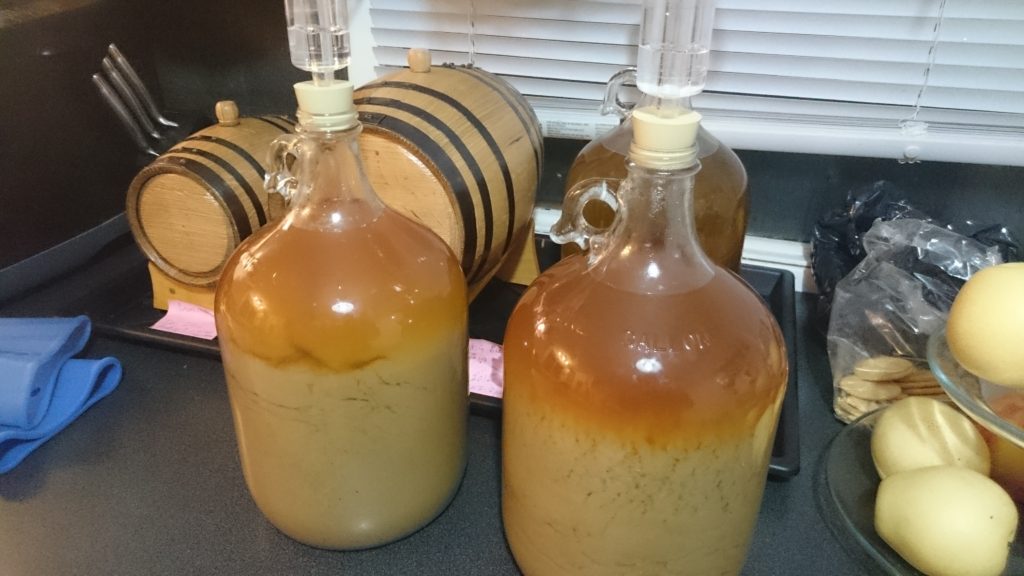
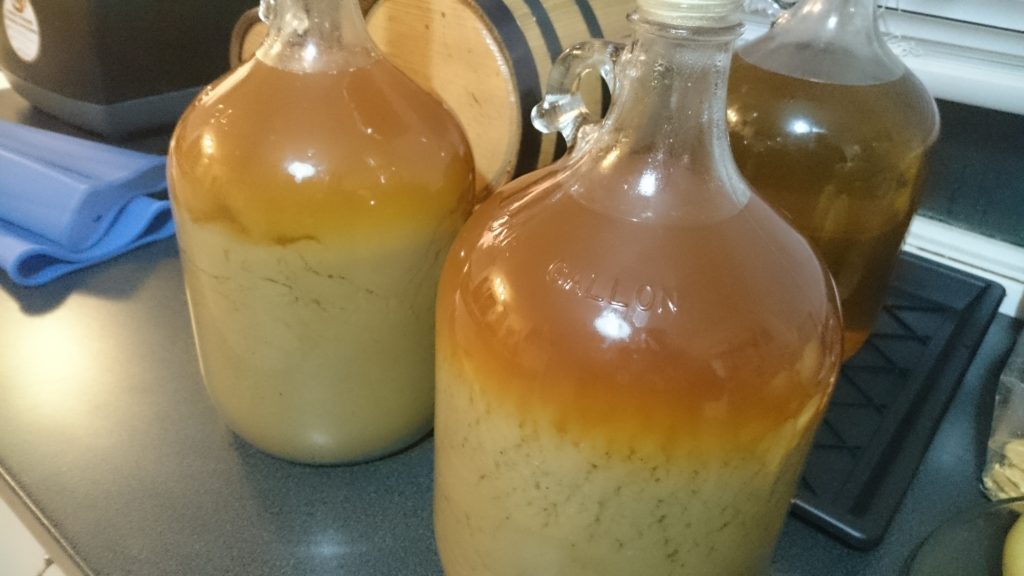
And the yeast has been pitched. Look at that stuff go.
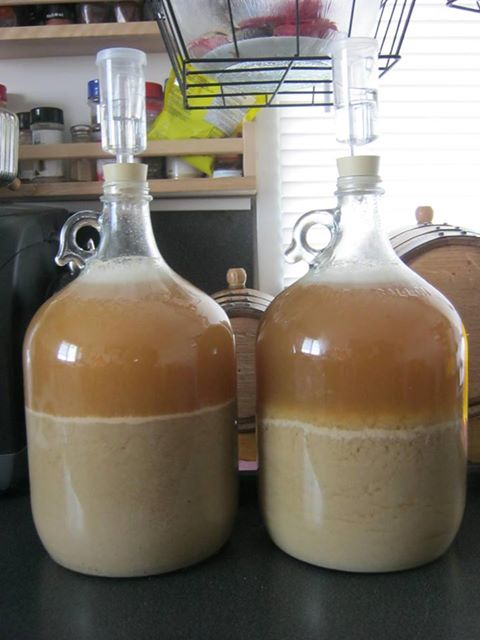
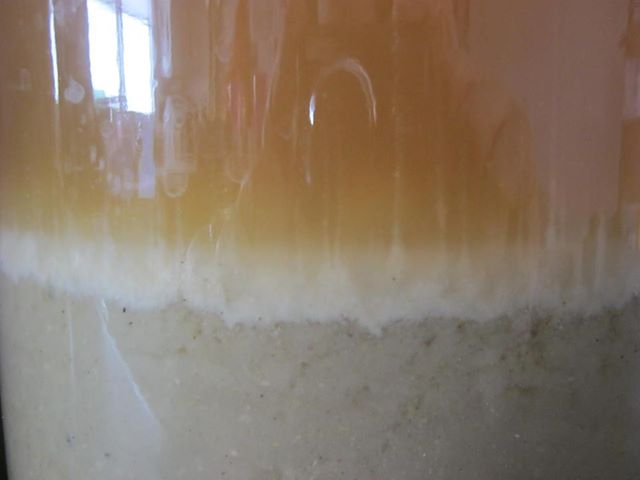
Here’s some video Caiaphas took of it fermenting:
One week into the ferment we have this:
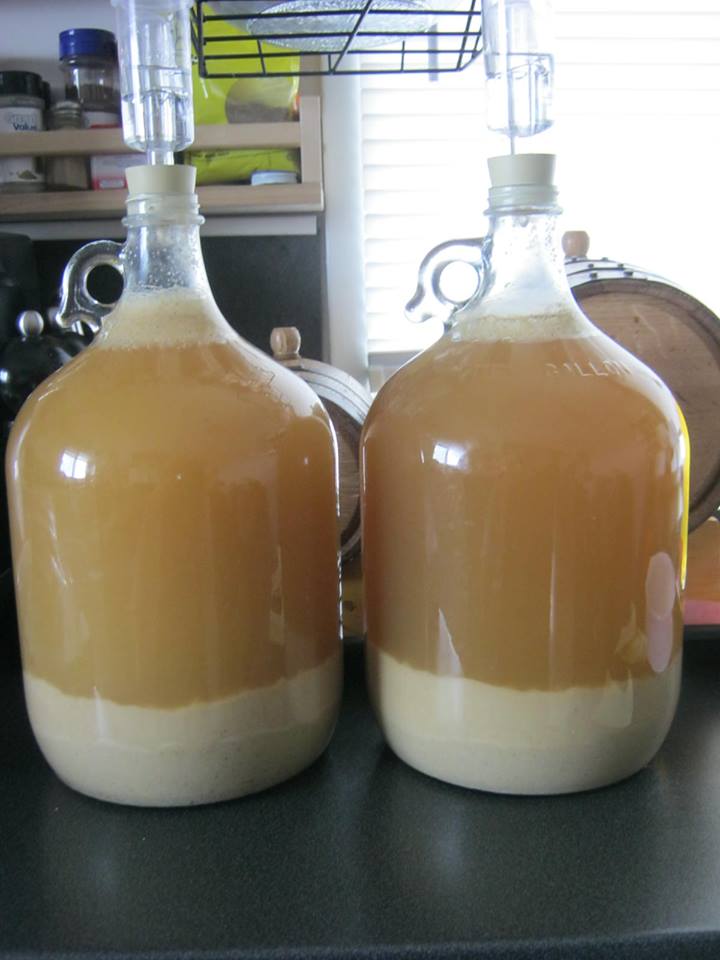
As you can see the sediment is compacting nicely and the yeast seems to be doing its job.
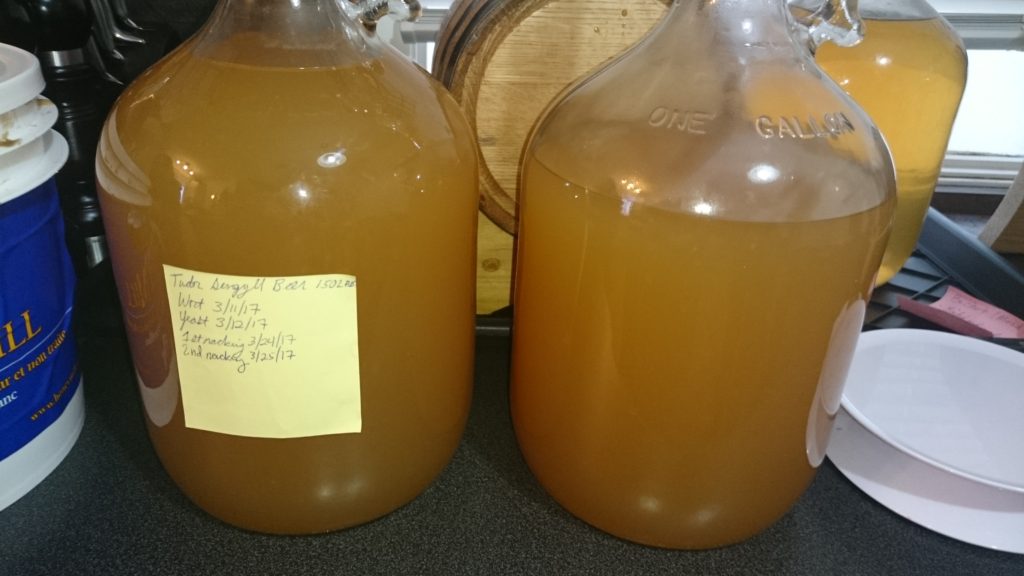
Now we ran into a problem. One of the two carboys of beer turned a few weeks after the last picture. So we lost that one. We also decided to let the other one sit a bit longer to make sure it was safe. Turned out it was fine, but the total wait time was two months after it was racked off the yeast.
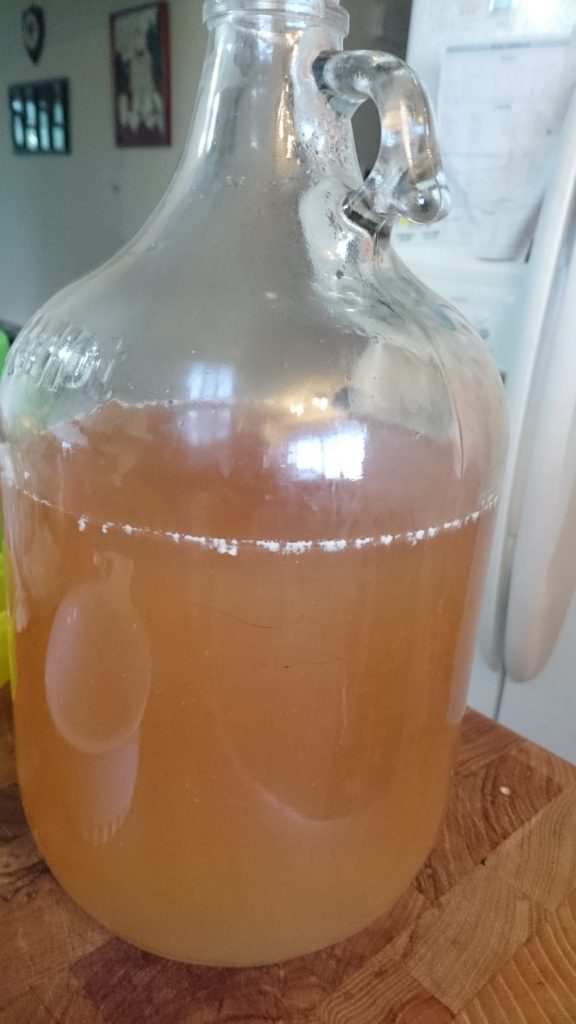
Light body, complex first taste with dry lemon and floral front notes and slight bitterness at the end of the sip, the bitter didn’t follow through in the remaining sips. Strong citrus notes throughout, more lemony than grapefruit. A light bread like smell.
All in all a win. The flavour was very surprising, I didn’t expect the amount of floral and citrus that was in it, especially without adding anything but grains.
So there we have it, the colour matches the 16th century reference and the flavour was really good and surprising, I wouldn’t mind drinking this daily and I can imagine it being quite popular in the early 16th century. It’s too bad we lost half of it, but at the same time it was a good learning experience.
Many thanks to Machabi Caiaphas for working on this with me. It was a lot of fun and wouldn’t have been possible without your expertise.
Works Cited
Foster, Terry. “Tudor Beer.” Brew Your Own May/June 2012. <https://byo.com/hops/item/2476-tudor-beer>.
Gardiner, Julie and Micheal J. Allen, Before the Mast: Life and Death Aboard the Mary Rose. Portsmouth England: The Mary Rose Trust, 2005.
Knighton, C.S. Navy Records Society Publications : The Navy of Edward VI and Mary I. Farnham, GB: Routledge, 2011.
Unger, Richard W. Beer in the Middle Ages and Renaissance. Philadelphia: University of Pennsylvania Press, 2004.
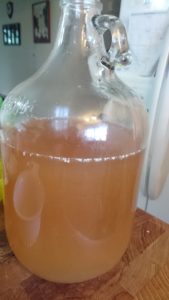
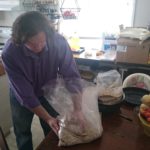
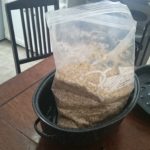
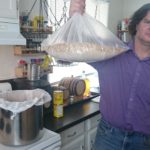
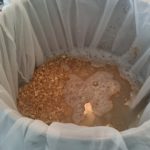
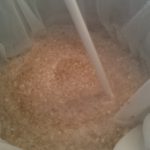
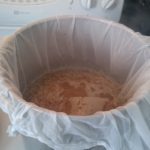
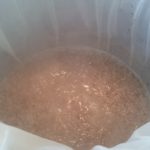

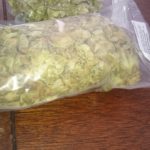
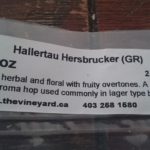
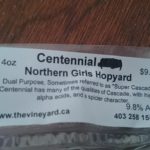
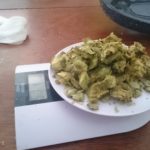
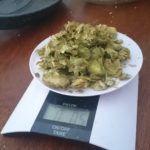
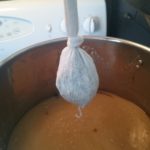
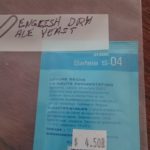
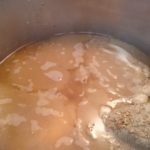
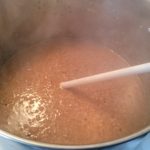
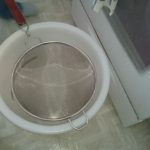
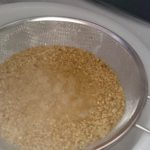
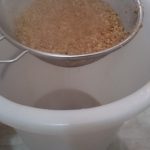
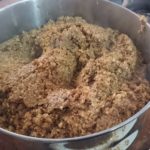
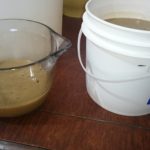
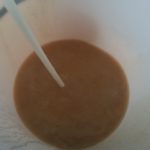

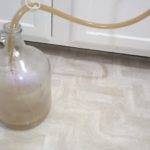
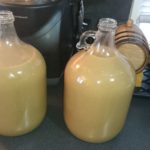
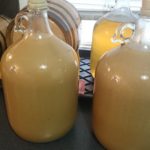
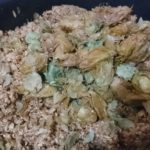
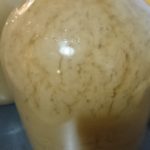
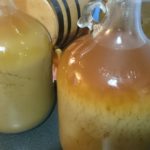
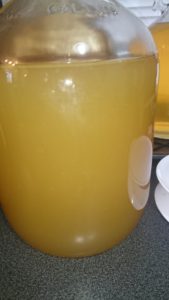
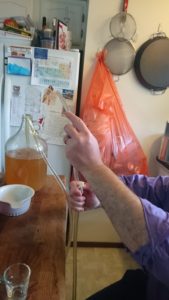
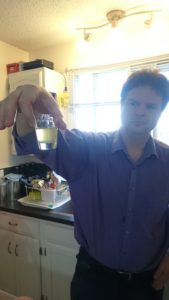
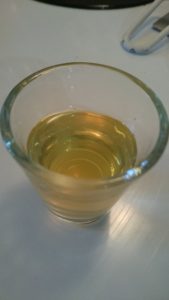
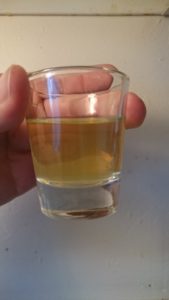
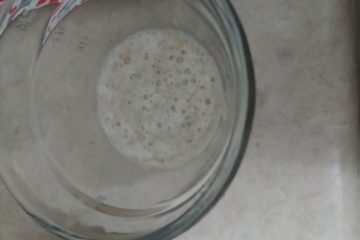
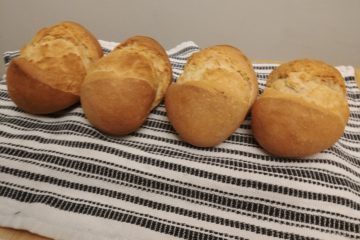
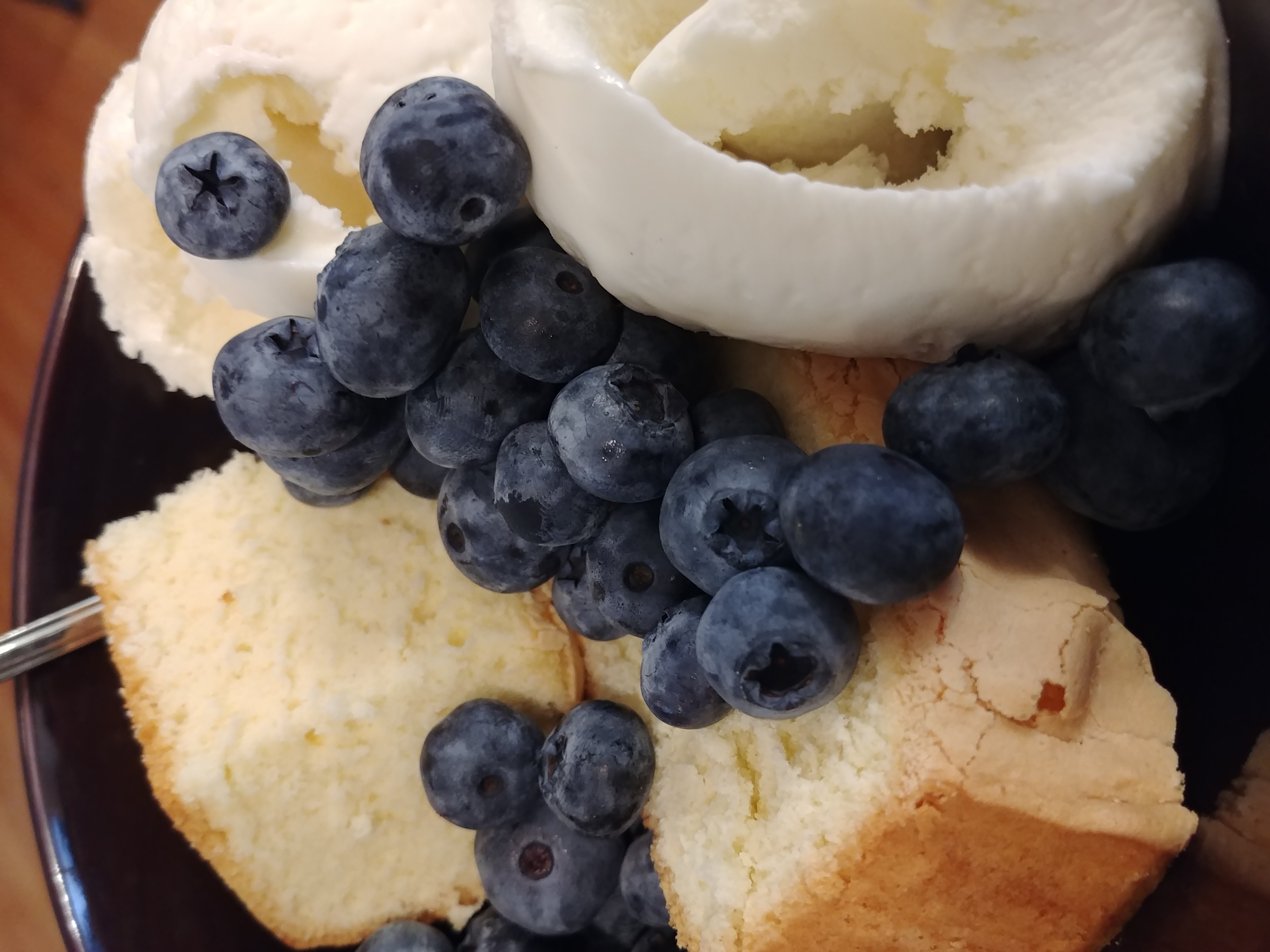
0 Comments